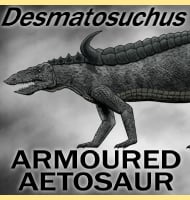Nedcolbertia
In Depth Nedcolbertia is a genus of theropod dinosaur known to have lived in the Western portion of the United States during the early Cretaceous. Nedcolbertia is known from the partial remains of at least three individuals, though much of these remains were damaged by erosion before their discovery. Still, enough is known about Nedcolbertia … Read more
